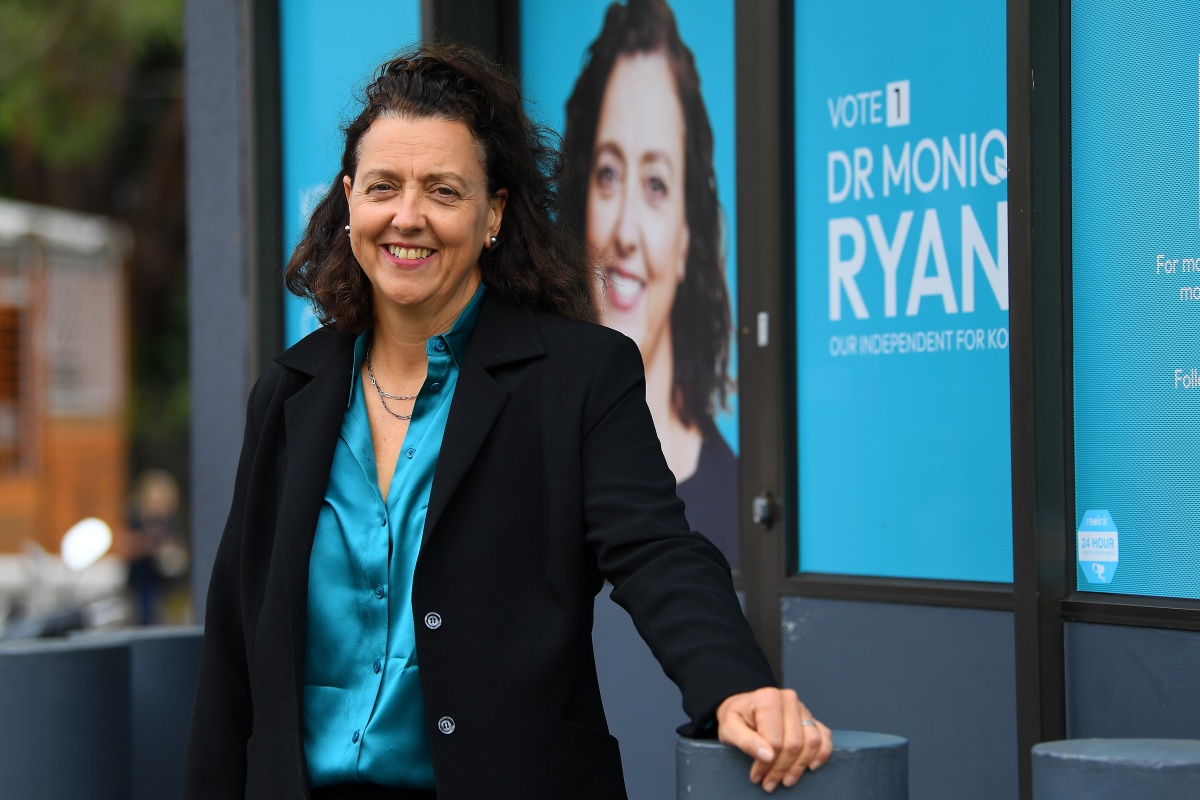Saturday’s election night invited a whirlwind of reactions. As Catalyst readers shared on our Insta, Labor’s win came as a ‘relief’, which ended in ‘partying hard’ and ‘celebrating in conservative tears’.
From climate policy to political gaffes, one election conversation that hasn’t faded from the mainstream media, is the success of the ‘teal’ independents. But who are these independents and what influenced their coming into power?
Essentially, the ‘teal’ independents were a group of political candidates who campaigned majorly on issues of climate change and gender equality. The candidates were largely funded through Climate 200, a fund created before the 2019 Federal election by billionaire Simon Holmes à Court, which back then supported independent Zali Steggall’s overthrow of Tony Abbott in the seat of Warringah.
The interesting thing about the ‘teal wave’ we’ve seen, is that majority of the independents who won, were women in safely-held Liberal seats. This includes paediatric neurologist Dr Monique Ryan in Kooyong, who beat former Treasurer Josh Frydenberg; former ABC reporter Zoe Daniel in Goldstein, who beat Tim Wilson; and businesswoman and policy analyst Allegra Spender in Wentworth, who defeated Dave Sharma.
The Liberal Party’s mistreatment and disregard for women issues, as well as leniency on climate action, meant long-time Liberal voters in formerly-safe Liberal seats strayed from past political views, out of exhaustion with the party. This, obviously among other factors, ultimately heightened support for the independent candidates in these areas.
“It was clear coming into the election there were a lot of women disaffected with the Coalition… There was a strong perception we were not supportive of women.” – Outgoing Home Affairs Minister Karen Andrews
At the 2019 election, only 35% of women had voted Liberal first, compared with 45% of men. And in the years since, with a sexist parliamentary culture unveiled under the Morrison government, it’s clear that the party’s lack of dedication to women’s issues contributed to their lowest proportion of seats since the party’s first run in 1946.
One overwhelming story.
— Patricia Karvelas (@PatsKarvelas) May 21, 2022
Do. Not. Ignore. Women. #auspol
With the success of the ‘teal’ independents, as well as the Greens biggest primary vote of 12.3%, this election showed us that majority of the population want to see climate action, now. Under a new government, faster climate action is looking more promising, with Labor’s policies of net zero emissions by 2050, in line with the Paris Agreement, and a 43 per cent emissions reduction target by 2030.
Labor’s current climate policies differ in urgency compared to independents Dr Monique Ryan’s and Zoe Daniel’s for example, emissions reduction target of at least 60 per cent by 2030 and the Greens target of net zero by 2030. However, it’s no doubt that it’s a hopeful and much needed start.
Article written by Savannah Selimi


